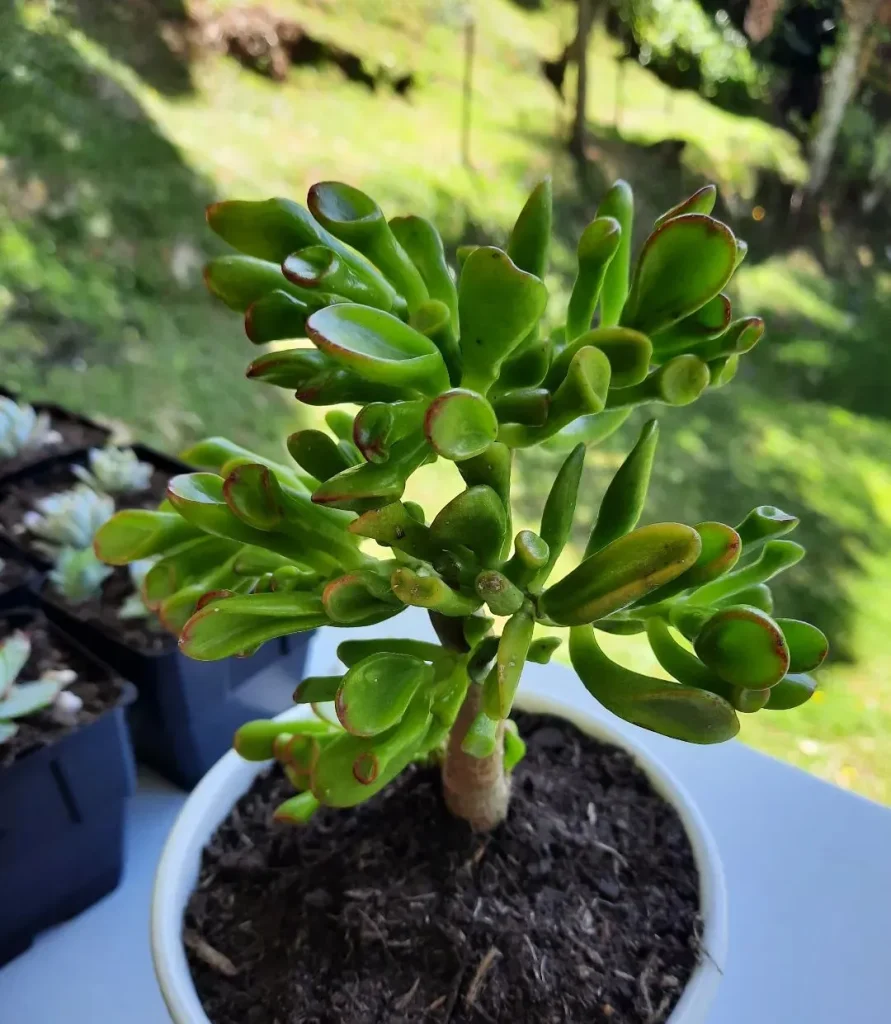
FAQs About Frangula Alnus: Your Guide to Understanding This Plant
As a plant enthusiast, I’ve had my fair share of experiences with various plant species. One that’s caught my interest recently is Frangula Alnus, commonly known as the Alder Buckthorn. If you’re considering adding this plant to your garden or just curious about its specifics, here’s a comprehensive FAQ guide based on my experiences and research.
What Is Frangula Alnus?
Frangula Alnus, or Alder Buckthorn, belong to the Rhamnaceae family, is a deciduous shrub native to Europe and parts of Asia. It’s known for its hardy nature and adaptability to various soil types. The plant typically grows between 8 to 15 feet tall and has an attractive oval shape with dark green leaves. In spring, it produces small, greenish-yellow flowers, followed by black berries in the autumn. The berries are particularly appealing to birds, making it a great choice for wildlife-friendly gardens.
Plant Family: 65 Genera in Rhamnaceae – Buckthorn/Jujube Family
How to Care for Frangula Alnus?
Caring for Frangula Alnus is relatively straightforward. It thrives in well-drained soil and prefers full sun to partial shade. This plant is quite resilient and can handle a range of soil types, from sandy to clay. However, it’s best to avoid waterlogged conditions as this can lead to root rot.
Watering is crucial, especially during dry spells. Regular watering helps establish the plant, but once it’s mature, it becomes more drought-tolerant. Pruning isn’t necessary unless you want to maintain a specific shape or remove dead or damaged branches. It’s best done in late winter or early spring before new growth starts.
How to Propagate Frangula Alnus?
Propagating Frangula Alnus can be done through seeds or cuttings. If you choose to grow it from seeds, gather them in the fall and stratify them by keeping them in a cool, moist environment for about 3 months. Plant the seeds in spring in a well-draining potting mix.
Alternatively, you can propagate through cuttings. Take semi-hardwood cuttings in late summer, dip them in rooting hormone, and plant them in a pot with a mix of peat and sand. Keep the cuttings in a humid environment until roots develop, then transplant them into their permanent location.
What to Plant With Frangula Alnus?
Frangula Alnus pairs well with a variety of plants. For a naturalistic look, consider combining it with other native species like Cornus Sanguinea (Dogwood) or Viburnum Opulus (European Cranberrybush). If you prefer a more structured garden, it complements ornamental grasses such as Miscanthus or Calamagrostis.
In garden beds, it can provide a lovely backdrop for flowering perennials like Echinacea or Rudbeckia. Its dense foliage also works well with ground covers like Vinca Minor (Periwinkle) or Pachysandra Terminalis (Japanese Spurge).
Is Frangula Alnus Toxic?
Frangula Alnus is generally considered non-toxic to humans and pets. However, the berries should be handled with care as they can cause mild gastrointestinal upset if ingested in large quantities. While not highly toxic, it’s still best to keep an eye on pets and children to avoid any accidental consumption.
Benefits of Frangula Alnus
One of the major benefits of Frangula Alnus is its ecological value. It supports wildlife by providing food and shelter for various birds and insects. Additionally, its dense foliage makes it an excellent choice for creating privacy screens or hedges.
From a landscaping perspective, it’s a hardy and low-maintenance shrub that adds year-round interest to gardens. Its autumn berries can provide color and attract wildlife even as other plants start to fade.
Common Problems with Frangula Alnus
While Frangula Alnus is quite resilient, it’s not entirely immune to problems. The most common issues include:
- Pests: Aphids and spider mites can occasionally infest the plant. Regular inspection and treatment with insecticidal soap can help manage these pests.
- Diseases: It can be susceptible to fungal diseases if planted in poorly drained soil. Ensuring proper drainage and avoiding overhead watering can reduce the risk.
How Does Frangula Alnus Compare to Similar Plants?
If you’re considering alternatives to Frangula Alnus, you might look at other hardy shrubs such as Rhamnus Cathartica (Buckthorn) or Ilex Aquifolium (Holly). Both offer similar attributes but with some differences:
- Rhamnus Cathartica: This plant is similar in appearance but can be more aggressive and invasive. It’s important to check local regulations before planting.
- Ilex Aquifolium: Holly provides year-round interest with its glossy leaves and red berries. However, it requires slightly more maintenance and specific soil conditions compared to Frangula Alnus.
Conclusion
Frangula Alnus is a versatile and valuable addition to many gardens. Its easy care, ecological benefits, and compatibility with a range of plants make it a top choice for creating attractive and functional landscapes. Whether you’re enhancing your garden’s biodiversity or simply adding a hardy shrub, Frangula Alnus is worth considering.
If i die, water my plants!



